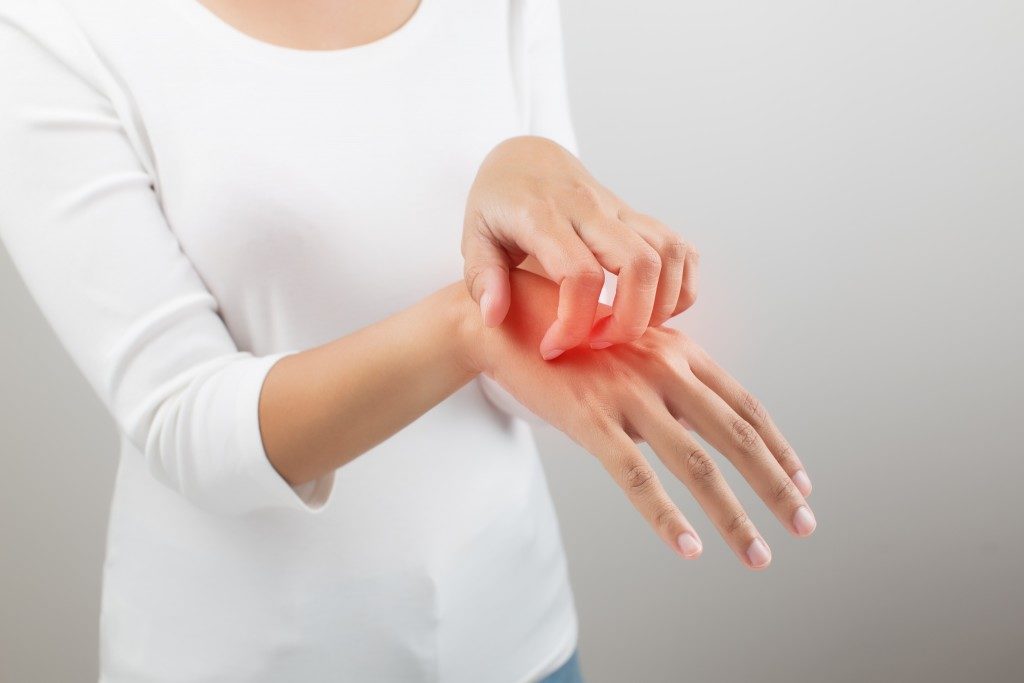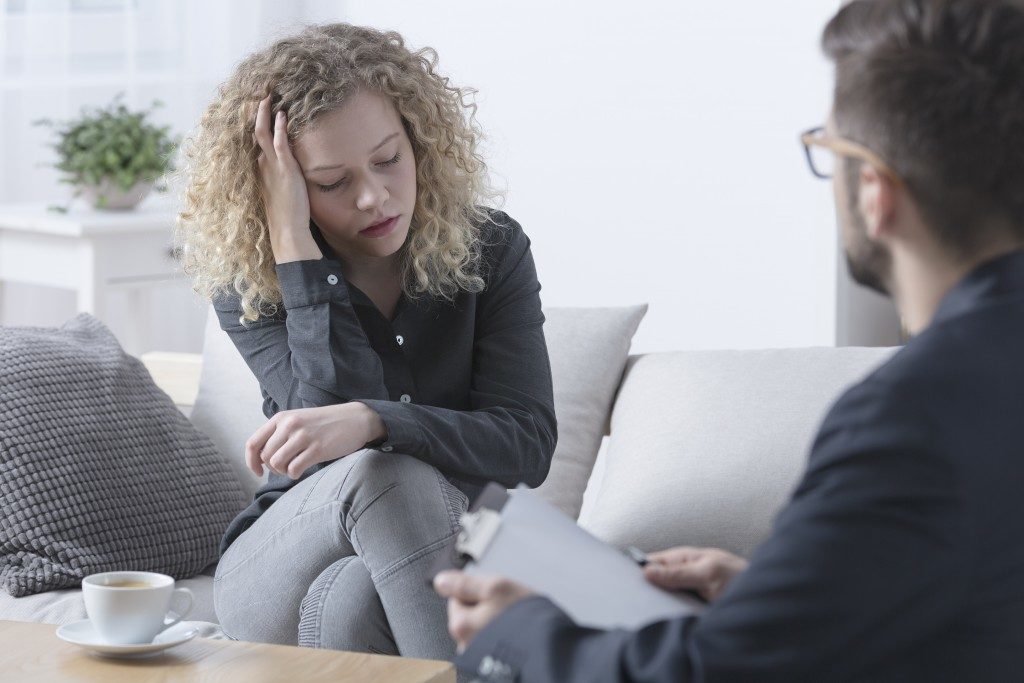It’s no secret that muscle pain can be incredibly debilitating. Whether it’s from a strenuous workout or an injury, the pain can make it difficult to move and function normally. While medication and other treatments are available, many people prefer to try to treat muscle pain at home first. You can use many methods to achieve this. Learn more about them below.
1. Heat and Cold Therapy
Heat therapy, such as a heating pad or hot bath, can help to soothe the pain. Cold therapy, on the other hand, helps with swelling and inflammation. A cold pack can be applied directly to the affected area, while water-based exercise may also be beneficial.
Depending on the severity of your pain, you may alternate between heat and cold therapies. But it is best to ask your doctor before trying either.
2. Massage
Massaging the affected area can also help to relieve pain and stiffness and improve your range of motion. You can use a handheld portable massager or ask someone to help you. Just be sure not to massage the area too hard as it may aggravate the pain.
You can also use different massages and techniques to treat pain. For example, deep tissue massage can help to relieve tension and tension knots in your muscles. You can also try trigger point massage, which applies pressure to specific areas in your muscles.
3. Stretching and Exercise
Stretching and exercise help maintain flexibility and range of motion, which can prevent pain. For example, stretching your hamstrings can help to relieve lower back pain. A physical therapist can teach you specific exercises and stretches to help your condition.
You can also look online for exercises that can help. Just be sure to start slowly and increase the intensity gradually to avoid further injury. Always consult your doctor before beginning an exercise program, especially if you have not exercised in a while or have other medical conditions.
4. Rest and Recovery
Getting plenty of rest is also essential when dealing with muscle pain. Your body needs time to recover and heal. Depending on the severity of your pain, you may need to take a few days off from work or other activities. It would be best if you also avoided any activities that may aggravate your pain. Sometimes, complete rest is the best way to deal with muscle pain.
5. Supplements
Muscle pain can also be caused by nutrient deficiency in the body. Taking supplements may help to alleviate pain and improve your overall health. For example, Omega-3 fatty acids can help to reduce inflammation and pain. Other supplements that may also help include magnesium and turmeric. Talk to your doctor about which supplements may be suitable for your condition.
6. Acupuncture
Acupuncture treatment is a traditional Chinese medicine technique where an acupuncturist inserts thin needles into the skin at specific points of the body. This treatment helps release endorphins, which are hormones that help control pain. Acupuncture may also help to improve your range of motion and flexibility.
Acupuncture should only be performed by a trained professional, so be sure to find a reputable acupuncturist. You can ask your doctor or personal trainer for recommendations.

7. Chiropractic Care
Chiropractic care is another treatment option that may help to relieve muscle pain. This technique involves manipulating the spine and other joints to restore proper alignment. The realigning of the body may help to reduce pressure on the nerves and relieve pain. Some chiropractors may also offer other treatments such as massage or exercise therapy.
Like acupuncture, chiropractic care should be performed by a trained professional. Do not attempt to adjust your spine or other joints yourself. One wrong attempt could result in further injury.
8. Aromatherapy
Certain essential oils have been shown to help to relieve muscle pain. For example, lavender oil has calming effects, while eucalyptus oil contains anti-inflammatory properties.
You can use aromatherapy in several ways. You can add a few drops of essential oil to your bathtub or diffuser. You can also apply the oil directly to your skin, although you should always test it on a small area first to make sure you are not allergic.
9. Pain relievers
Over-the-counter pain relievers such as ibuprofen and acetaminophen can also help to relieve muscle pain. These medications work to reduce inflammation and provide temporary pain relief. Be sure to follow the recommended dosage instructions on the label.
But, as with any medication, there is always the potential for side effects. So be sure to talk to your doctor before taking any over-the-counter medications, especially if you have other medical conditions.
Although the above methods can help relieve muscle pain, it is crucial to seek medical attention if the pain is severe or does not improve after a few days. Contact your doctor right away if you are experiencing muscle pain, weakness, or numbness. These may be signs of a more severe condition that requires treatment.



